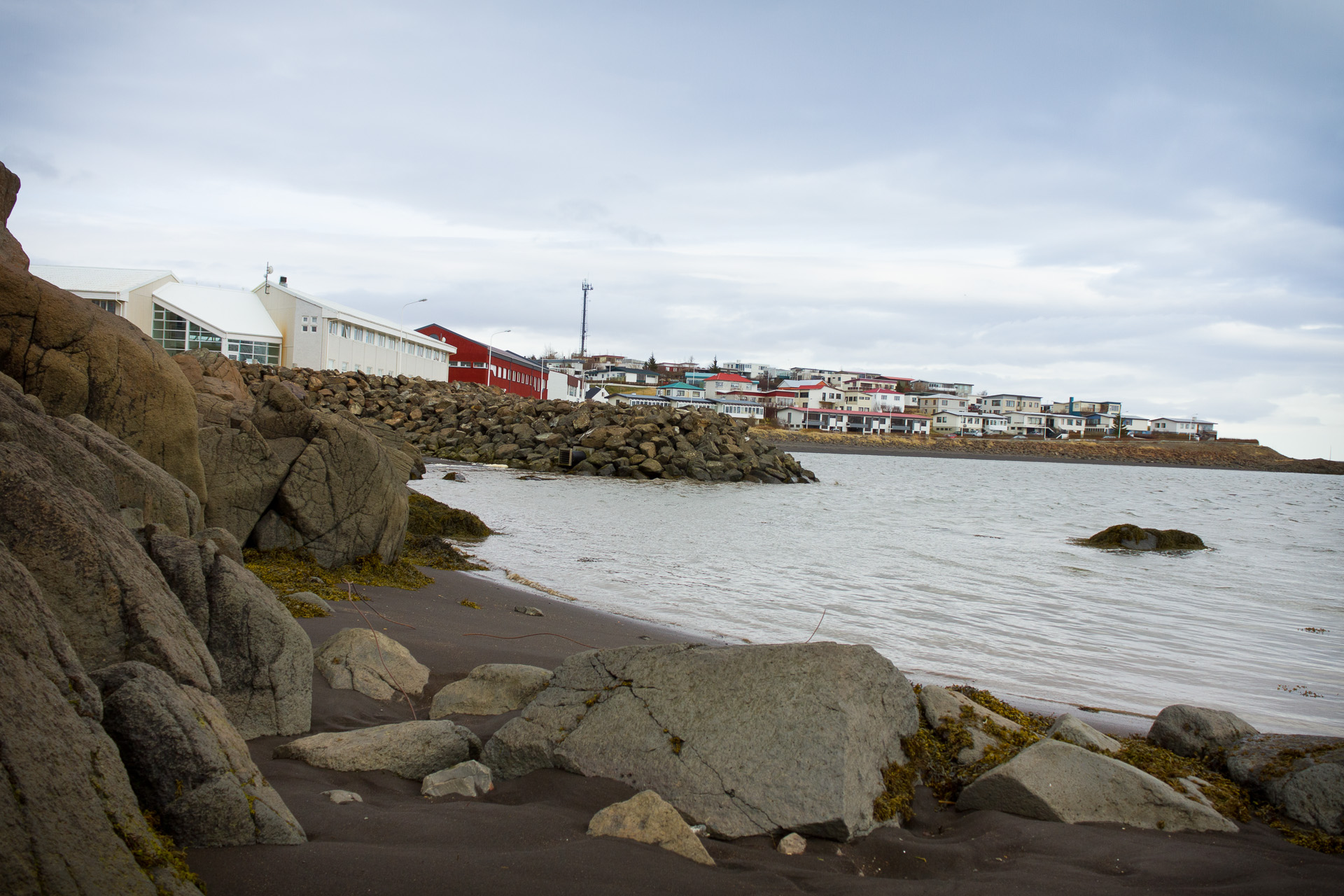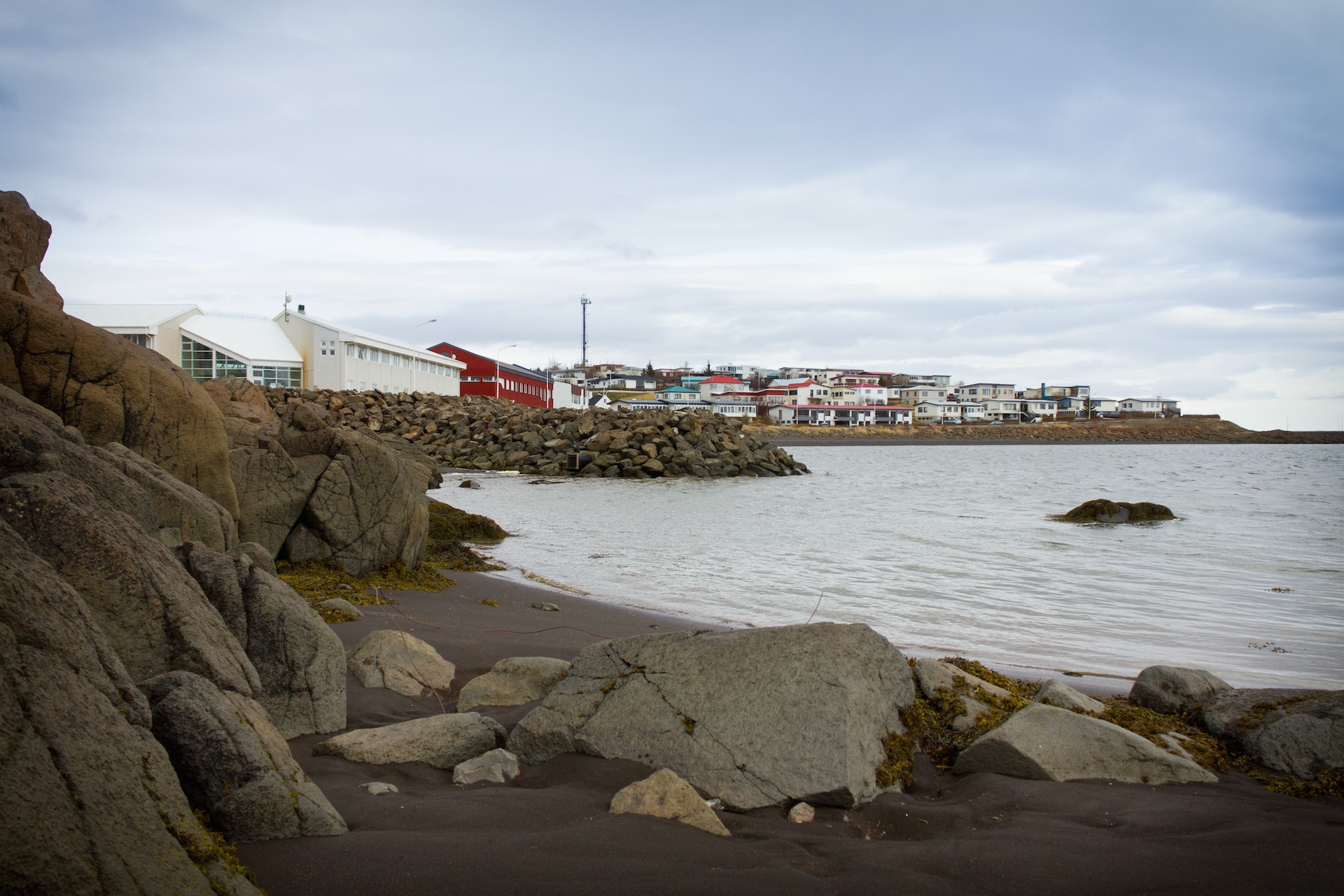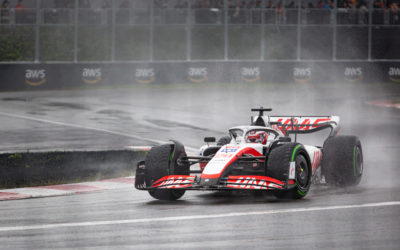Crooked Horizon Lines Make Your Pictures Worse.
Crooked Horizon Lines
Go outside and take a look at the horizon. What do you see?
Now certainly you could be somewhere in the mountains, or you could be in a dense evergreen forest, but odds are you saw a horizon that was reasonably flat.
Now go look at your pictures you took on your last vacation. How’s the horizon doing?
It’s no shame if your horizon is tilting and toppling all over the place. There’s a lot to keep in mind when setting up your composition, and the horizon can quickly become an afterthought.
But it’s a good idea to keep this in mind when you open your photos on your favourite editing program.
The basic suggestions
Hold this as a general rule:
Lines that are vertical in really life should be vertical in your picture.
And horizontal lines should be horizontal.
Lopsided door frames and leaning buildings look out of place. Unless the tower itself is lopsided (I’m looking at you, Leaning Tower of Pisa).
Straightening pictures is a critical part of the editing workflow. Try as you may, it’s not always possible to nail a perfect horizon line in camera, especially if you are tracking the play in a sports game or chasing bounding wildlife across the savannah in a jeep.
Fortunately, straightening a picture is a piece of cake with any decent photo editing program.
But.
Not all pictures with a tilted horizon are bad.
Exceptions to the Rule
When it’s done for a reason, tilting the angle of a photo can actually add quite a bit. Generally, it can be used to add drama, action, a sense of movement or direction.
But, it needs to be done with a purpose. When there isn’t a purpose behind it, a tilted background just looks like laziness.
It just doesn’t match what the real world looks life. And so the subjects of your photo appear ready to tumble down into the corner of the picture.
Where this is most noticeable is in the field of landscape photography. A crooked horizon, especially in a picture of a body of water or a flat meadow, stands out like a sore thumb. When the focus of the picture is strictly on recreating reality, having a balanced horizon line is important.
Take a look at the picture below:

It looks like the town is precariously balanced on the edge of the world, and could slide off into the water at any moment.
I might get seasick if I look at it for too long.
How does the picture look, you may wonder, after spending 15 seconds to level out that horizon?

Ahh, that’s much better!
But, with all of that said…
Don’t listen to someone who says “You should never do so-and-so in photography”. There certainly are techniques or practices that I would strongly recommend against, but photography at its core is about creativity and creation.
If you want to experiment with how tilting the camera affects your photography, do it! Maybe it will work. Maybe it won’t. I’ll leave that to you to decide.
Rules are made to be guidelines.

About the Author
Hi, my name is Frank Myrland and I'm a photographer based near Orangeville, Ontario. While I am active in most types of photography, I mostly enjoy sports, events, family and commercial photography.
I like to learn by doing — and also to share my own experiences for the benefit of others, whether they are just getting into photography or if they are well on their way to mastering their style and craft.
Feel free to reach out to me if you have any questions at all at [email protected]
The latest posts from the Photography Blog
Preparing for Your Family Photography Shoot: 6 Important Things to Consider
Preparing for Your Family Photography Shoot: 6 Important Things to ConsiderPlanning a family photoshoot? This short guide will give a list of what to consider in advance to make sure to get the most out of the time and have confidence you'll get some great...
How to Take Photos from the Grandstands of the Canadian Formula One Grand Prix in Montreal
How to Take Photos from the Grandstands of the Canadian Formula One Grand Prix in MontrealWhile all sports are challenging to photograph in their own way, Formula One is an especially difficult event to capture for the casual photographer. This guide is a summary of...
The Top 5 Reasons to Book a Corporate Headshot Photoshoot for Yourself or Your Team
The Top 5 Reasons to Book a Corporate Headshot Photoshoot for Yourself or Your TeamA professional, current headshot is a must in today’s digital-first society. For many lines of work, the difference between a good or a not-so-good headshot might be the dealbreaker in...
What are the best camera settings for hockey photography?
Have you ever tried to shoot hockey with your camera set to “Auto” or “Sport” and been disappointed with the results?
Cameras are getting smarter every day — but they still struggle with the challenges that come with photographing hockey.
The good news is that you can learn to set up your camera in manual mode and make the most of your time at rink.
What are the benefits of commercial photography for your small business?
What are the benefits of commercial photography for your small business?How do you quickly grab a potential customer’s attention? People don’t read anymore and there are a million different distractions competing for interest, so anything mundane or expected...
What is the Best Lens for Ice Hockey Photography?
Welcome to the world of hockey photography! You’re up against low light and fast action. Without a little bit of planning, it’s the perfect recipe for blurry pictures.
You ready for a challenge?
I’m going to compile a list of some excellent lenses that you should think about getting if you want to take your hockey photography to the next level.







This is awesome! Thanks for sharing, can’t wait for the next!